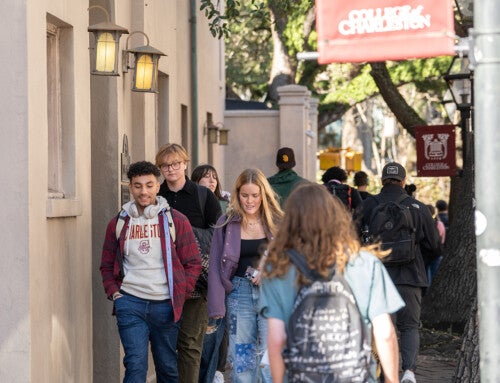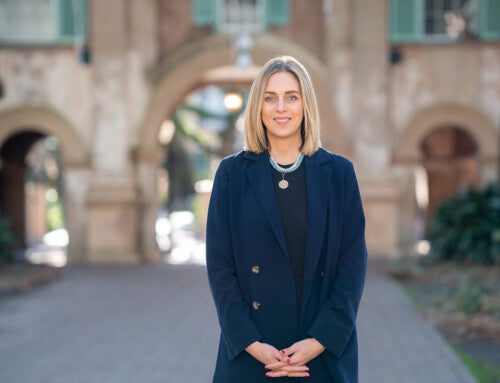Palmetto Portraits Project, a partnership between the Halsey Institute of Contemporary Art in the School of the Arts at the College of Charleston and the Medical University of South Carolina (MUSC), is the winner of one of 10 Notable State Document Awards for 2011. The award will be presented in a ceremony on Monday, May 7, 2012 at 10:00 a.m. at the South Carolina State Library.
The awards are presented to South Carolina agencies in order to focus on the important value of information compiled and produced by governmental agencies and to emphasize the importance of open and equal public access to this information.
Palmetto Portraits Project is a four-year collaboration in which noted and emerging photographers from throughout the state have been commissioned to portray South Carolinians in the Lowcountry, the Piedmont, and the Upstate—reflecting the full range and diversity of the state’s citizens, occupations, and recreational activities.
Approximately 60 prints were commissioned annually from 6 selected photographers. Each year, the photographers chose their successors for the following year, bringing the total to 240 prints from 24 photographers. In this way, the photographers themselves help perpetuate the project, thereby broadening the scope of participation and reaching photographers throughout the state.
The portraits include close-ups and wide shots of ordinary people living in South Carolina. Military personnel from Fort Jackson, Parris Island, and Charleston Air Force Base are photographed. Factory workers at the BMW Manufacturing Plant are featured as well as firefighters, children, church attendees, and shop merchants on Charleston’s King Street. From historical reenactors to a roller derby girl, these photographs highlight the range of individuals who make up everyday life in South Carolina.
The prints have been compiled into a 176-page book available through the University of South Carolina Press. The book is edited by Mark Sloan, curator of the Halsey Institute, with essay by Josephine Humphreys and afterword by Paul E. Matheny III. The prints create a collection of art to display within MUSC’s educational and clinical buildings, through which the University hopes to remind students, faculty, staff, and visitors of those they serve at MUSC and throughout South Carolina. An identical set of photographs have been donated to the permanent collection of the South Carolina State Museum in Columbia.
For more information, visit http://palmettoportraits.musc.edu/



